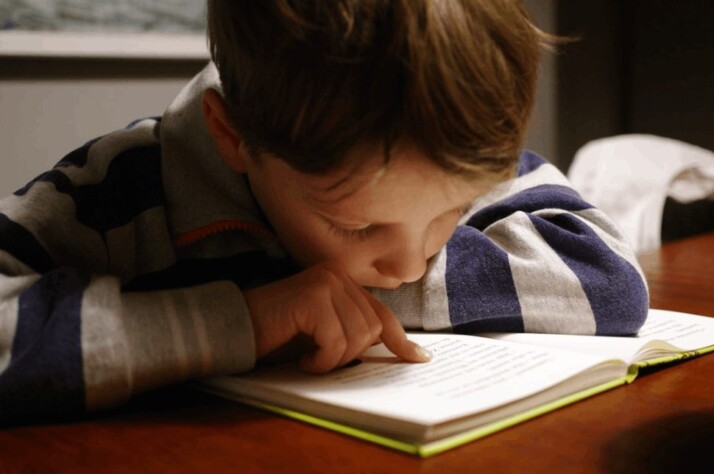The age of a second-grader is often considered the beginning of their formal education. As such, 2nd grade reading comprehension is when students learn how to understand what they read.
Why Is 2nd Grade Reading Comprehension so Important?
Reading comprehension skills are necessary for students to understand what they read and to learn how to read. Skill development in the area of reading comprehension begins in the 2nd grade.
If a child has difficulties with reading comprehension skills, they are likely to carry these same difficulties into future grades. A student’s success depends on their ability to understand what they read.
Understanding how to work with academic texts is foremost in 2nd grade. Students should know how to decode words and assess whether a text is persuasive. They are required to analyze a book and judge what it says.
The comprehension worksheets for Grade 2 are designed to help students build literacy skills and develop prescient thinking. It improves their learning rate, confidence, and attitude.
Reading comprehension exercises eliminate the learning curve and provide students with practice reading text they will encounter in the future.
1. Identify the Second Grade Stumbles of your Child
Learning to read and comprehend text is a long process starting with the alphabet to a lifetime love for reading books. However, many children encounter challenges along the way in 2nd grade when they are exposed to increasingly tricky reading materials.
If your child has any of the following signs, they likely have trouble with reading comprehension.
2. Decoding difficulties
Learning by sight becomes a problem in 2nd grade reading comprehension when the number of words increases with less repetition. If your child has trouble recognizing letters and the sound they represent, then they might have decoding difficulty.
A decoding difficulty exists if he finds trouble with the letter-sound relationship to pronounce the word accurately. Try out a Nonsense Word Test to assess your child’s decoding abilities. This test includes made-up words out of context which can be pronounced using early alphabet phonics skills. Try helping your child with more phonics exercises.
3. Weak reading fluency
What we read needs to be read at a speed that allows us to make meaning from it. Your 2nd grader should read 50 to 60 words per minute when starting school. And he should be able to read 90 words per minute by the end of the year. Try encouraging your child to read a story from the reading list that piques his interest to analyze the speed. If he reads at a slower pace than the standard mentioned, he has a weak reading fluency.
Encourage your child with lots of simple reading exercises and repeated reading to improve decoding and fluency problems.
4. Comprehension Difficulty
Your 2nd grader should practice reading a lot of simple stories regularly. Such person is expected to recognize and read the maximum words of his reading list without much help.
However, if you find yourself helping your kid way too often with a book, he is finding the story too difficult to read. It’s wise not to allow him to proceed because it will only add to his frustration and won’t improve his reading skills.
Comprehension becomes problematic when he has to frequently stop to figure out a word. It breaks the flow of reading and doesn’t let the child understand the story.

Tips to Boost Reading Comprehension for Your 2nd Graders
With proper help and engagement from the teachers and parents, children can quickly improve their reading skills. After finding the stumble, such as comprehension difficulties, it’s important to work on boosting your child’s reading comprehension.
The simple but effective tips below will help with the process.
- Try reading books aloud and together. Reading aloud helps the child develop a connection between his life and the story and develops a sense of empathy. It will expose your child to new vocabulary and improve their comprehension skills.
- Ensure a fun reading time. Reading doesn’t always have to include exercise and quizzes. Make reading a fun activity that piques interest and spark curiosity. When you try some reading sessions with your child, it’s best to keep the reading environment light and lively.
- Ask the key ‘WH’ Questions. You can make a habit of asking the ‘WH’ questions after reading every few pages. It helps children be active readers and think critically about the text to understand it better.
- Reread to improve fluency. If your child loses track in the process of reading, it’s always fine to go back and reread for comprehension. Rereading passages improves fluency as well.
Wrapping Up
By understanding their learning style and making the right environment for them, you can reap the most benefits. Educational success must be built on the foundation of learning.
When kids understand what they are reading, they are more likely to know what they are learning. Plus, when they have fully grasped the material, they’ll become more confident in reading and retaining information in their mind.
Explore All Readability Articles
Finding the Perfect Writing Prompts Generator
Writer’s block can affect anyone. It’s an all too familiar feeling when you stare at that blank page and scramble…
Why Read? Know the Importance and Benefits
Several distractions exist today. So the question of why read when you can be on your phone is valid. As…
Readability Vs. Legibility — Know the Difference
The distinction between readability and legibility is often confusing. These two concepts in typography are commonly mixed up due to…
6 Effective Strategies for Synthesizing in Reading
Synthesis is the ability to use multiple perspectives, insights, pieces of information, and experiences to create a new whole. In…
Understand the Right Reading Level by Age
It’s crucial to pick the right level of reading for your child because children of different ages have varying reading…
The Highest Reading Level and Why it Matters Today
Reading is one of the most essential skills that people need to develop. It is a basis for a person’s…
